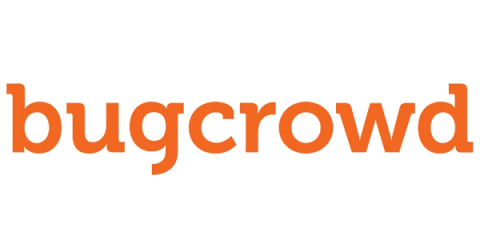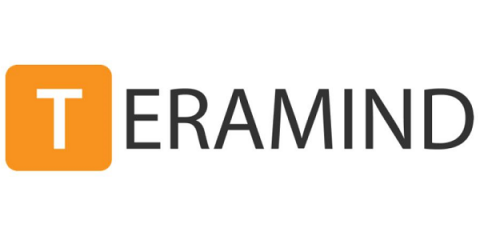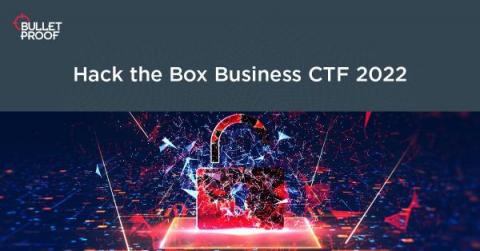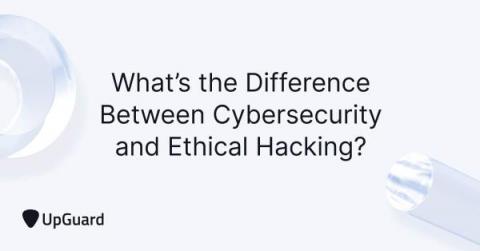Three Cases of Hacked IoT Devices
According to Gartner, 20 percent of organizations have experienced at least one attack on IoT tech in the past three years. Unsecured network connections with Internet access compromise data privacy. Through them, third parties can gain remote control over the device.











